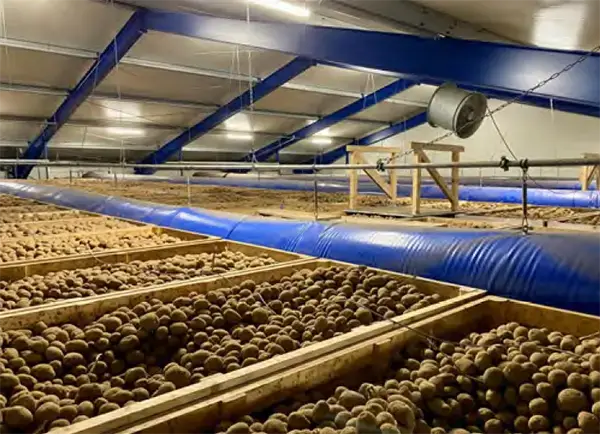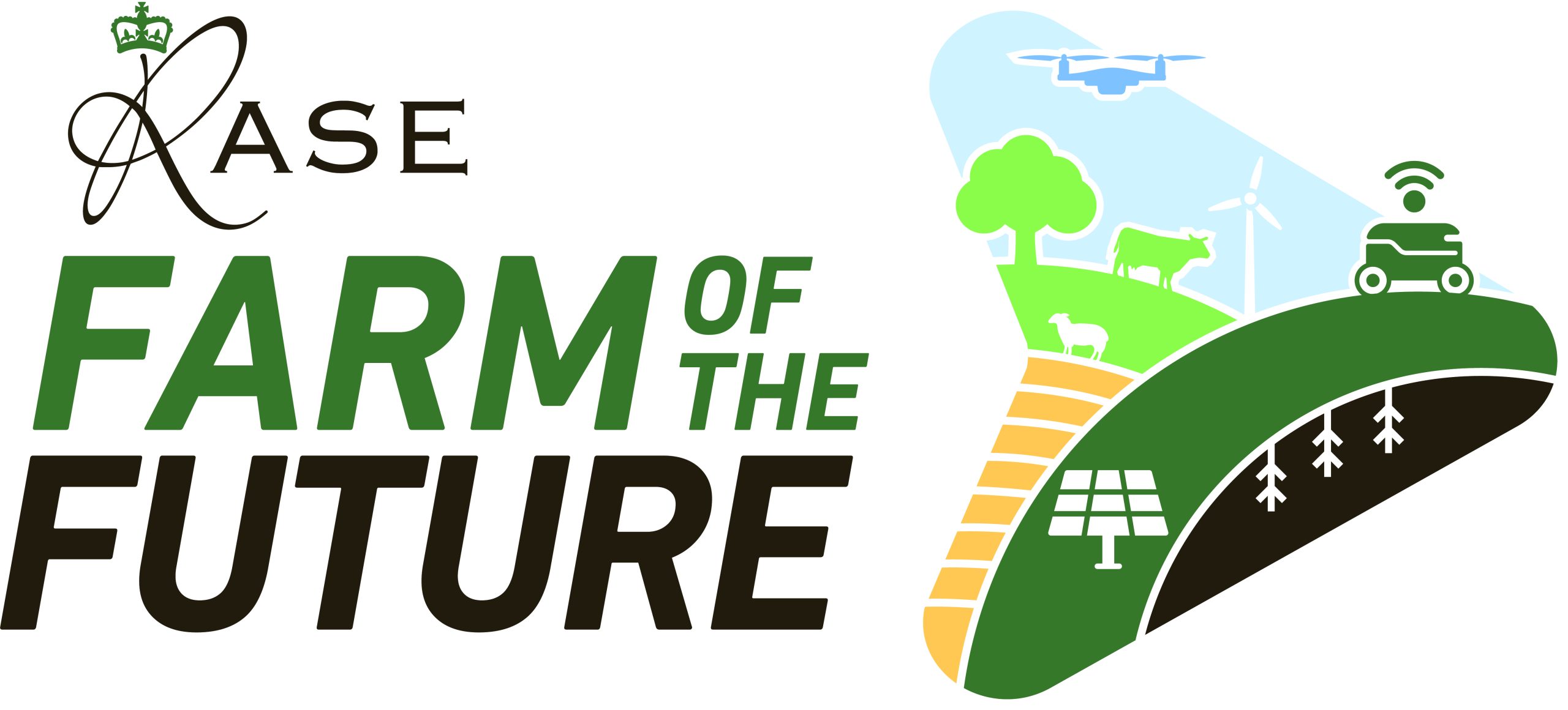by Cedric Porter, Editor of World Potato Markets
This productivity data needs to be evaluated alongside environmental impact. Eating a couple of small potatoes three to five times a week will add just nine kilograms of greenhouse gas emissions every year, according to the BBC’s food carbon calculator developed with Oxford University. Eat a similar volume of rice and the emissions jump to 69 kg, for pasta it is 25 kg, oatmeal 22 kg and bread 12 kg.
| Protein kg/ha | Cal/ha | Potassium mg/ha | Calcium mg/ha | Vit C mg/ha | Ave t/ha |
||
|---|---|---|---|---|---|---|---|
| Potatoes | .416 | 15.631 | 82.275 | 2.436 | 3.999 | 20.3 | |
| Cassava | .151 | 17.76 | 30.081 | 1.776 | 2.287 | 11.1 | |
| Corn | .537 | 20.805 | 16.359 | .399 | 0 | 5.7 | |
| Sweet potato | .492 | 24.6 | N/A | 2.46 | 0 | 12.3 | |
| Lentils | .271 | 3.872 | 7.447 | .385 | .05 | 1.1 | |
| Wheat flour | .336 | 11.62 | 13.79 | 1.155 | 1.1550 | 3.5 | |
| Rice | .124 | 5.98 | 1.61 | .46 | 0 | 4.6 | |
| Note: Calculated using USDA and UNFAO data. https://ndb.nal.usda.gov/ndb/search/list | |||||||
This productivity data needs to be evaluated alongside environmental impact. Eating a couple of small potatoes three to five times a week will add just nine kilograms of greenhouse gas emissions every year, according to the BBC’s food carbon calculator developed with Oxford University135. Eat a similar volume of rice and the emissions jump to 69 kg, for pasta it is 25 kg, oatmeal 22 kg and bread 12 kg.
| Water use l/kg | g of CO2/kg/l | m² of land/kg | |
|---|---|---|---|
| Beef | 18800 | 25895 | 146 |
| Poultry | 4805 | 4040 | 44 |
| Cheese | 6260 | 9250 | 61 |
| Milk | 1330 | 1255 | 8 |
| Legumes | 2710 | 1660 | 18 |
| Rice | 2585 | 3745 | 10 |
| Pasta | 1775 | 2155 | 12 |
| Bread | 1170 | 1050 | 7 |
| Fruit | 930 | 490 | 4 |
| Potatoes | 555 | 1205 | 5 |
| Vegetables | 335 | 775 | 3 |
Foods with a high nutritional value form the base of the food pyramid, while foods with a low environmental impact form the peak of the environmental pyramid. Potatoes have a high nutritional value, but a low environmental impact, making it the best performing of all the carbohydrates. When it comes to water and land use, potatoes perform well, according to the Barilla data, only surpassed by green vegetables which lack the bulk of carbohydrates.
Yield advantage
The nutritional performance of each crop can be improved by higher yields. Hence, in the UK where potato yields are double the global average, nutritional value is higher on a per hectare basis. Some UK farmers deliver wheat yields three times the world average so their nutritional impact per hectare will also be higher. However, in many developed nations more potatoes are eaten processed rather than fresh, inevitably increasing environmental impact.
The nutritional and environmental value of potatoes is being recognised by governments around the world. China plans to double its production, focusing on regions where growing rice and wheat is difficult. India is also overseeing an increase in potato area as its population grows quickly. In Europe and North America potatoes are seen as a lowland high value crop to be grown on some of the best land. That is not the case elsewhere.
The origins of the potato are high up in the Andes where the air and soil are thin. It is a crop that will grow where grains may struggle such as parts of Africa and Asia where there is increasing pressure to feed growing populations. The UN-backed and Peru-based International Potato Centre (CIP) is very active in these regions with its major breeding and agronomy programmes.
Environmental impact
While the value of potatoes as a staple food is clear, it is also a high impact crop, agronomically, with cultivation and plant health (with the application of multiple fungicide doses in a season not unusual). Potato rotations have extended over the years and many growers now leave six or seven years between potato crops.
Potatoes are also intense users of fertilisers, fuel and energy for storing, packing and processing. The cost of growing potatoes can be as much as four times higher than wheat, with higher risks of crop failure. The environmental impact of fertilisers and agrochemicals use is significant. Hence, a third of the UK national crop is grown under the LEAF Marque scheme as growers seek to limit their environmental impact.
While other nations see potatoes as a crop of the future, output has declined in the UK. In the 1960’s, the crop area was nearly 300,000 ha, now it is circa 100,000 ha. Yields have increased over the years, but consumption has fallen, although retail sales lifted during the pandemic.
The UK consumes more potatoes than any other county in Western Europe and it is the second largest importer of potatoes and potato products in the world after the USA. This should be seen as an opportunity to boost home production, with lower emissions.

Climate-controlled potato storage
Meeting the innovation challenge
There is plenty of innovation and investment in precision planting, crop protection, fertiliser and harvesting techniques. A 2019 ProCam trial delivered 46 tonnes/ha of potatoes by using a high-straw mulch no tillage system, which played a key part in a regenerative rotation.
Greater use of solar and wind power to help reduce carbon impact and energy bills is now widespread, while crop rejects often find their way into AD plants. In another boost to maximising the whole crop, a £6 million investment by packers Branston will take low-value potatoes and convert them into high-value powdered protein – a plant based alternative to dairy protein.
The UK is also leading the breeding of more sustainable and nutritious potatoes. The James Hutton Institute in Scotland has long focused on drought and heat tolerant potatoes for growing across the world and that is now relevant to Europe. Meanwhile, blight and discolouring resistant potatoes developed by the John Innes Centre are being planted commercially in the UK.
The UK’s post-Brexit policy of allowing more gene editing of crops should have an impact if consumer resistance can be avoided.
The need for investment in research and development to bring new techniques to potato growers has never been greater. Yet the UK growers have withdrawn its support for the potato functions of the AHDB. Unless its most valuable functions are replicated and funded in alternative ways, the UK could lose its leadership and experience in this sector at a time when it is globally most valuable.
The humble potato, a crop that is loved by consumers, ticks a range of nutritional and environmental boxes, with demand growing across the world. If growers can reduce its environmental footprint further, to exploit new opportunities and initiatives, greater stakeholder collaboration is needed if the potato sector is to thrive.
